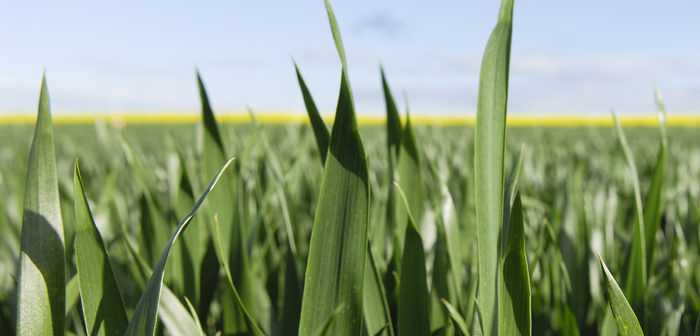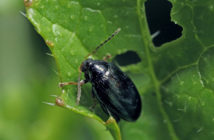With a wider range of crops in the ground in this season, coupled with the impact of turbulent weather from harvest 2019 onwards, disease control will be more challenging than normal. While invests have been made in the latest crop genetics, Frontier’s crop production technical lead, Paul Fogg, says these should be supported by the use of leading chemistry.
With several factors contributing to what has been a challenging growing season, appropriate fungicide programmes have never been more vital to help maximise crop potential.
“Growers are investing in good genetics, with an increased acreage of varieties such as KWS Extase, Graham, Gleam and KWS Firefly being seen this year.
“All of these varieties offer good agronomic features and disease resistance, but this doesn’t mean fungicide applications should be overlooked. Data from Frontier trial sites in 2019 shows that it pays to use the best chemistry available on key varieties, with cost effective yield responses when fungicides and PGRs are included as part of a programmed approach combining good nutrition,” says Paul.
“The average response to fungicide and PGR applications across these eight sites was 2.4t/ha, ranging from 5.36t/ha on KWS Kerrin, to 0.4t/ha on KWS Extase. While better genetics offer some opportunity for cost savings, these results still prove the crop needs protecting by using an appropriate fungicide programme, which clearly pays for itself.”
Paul recommends a programme based on an SDHI/Azole mix plus a multisite fungicide at T1, using a similar strategy at T2, with rates decided on a case by case basis.
“For later sown, thinner crops, lower leaves may have a bigger contribution to yields this year, so I would advise using the best chemistry available with rates managed based on risk. This season, we’ll be losing key actives such as chlorothalonil, but we do have new chemistry such as Revysol®. In trials last year, it gave very high levels of septoria control, so is a good option for any T2 fungicide programme.”




